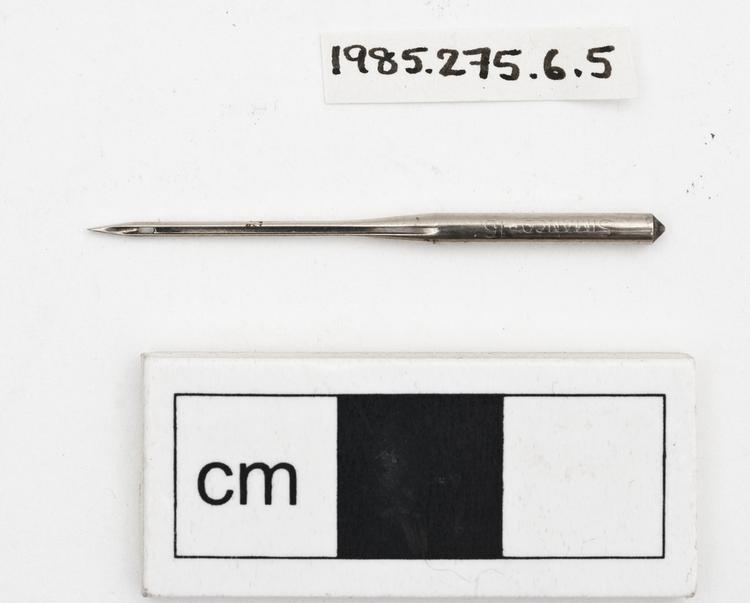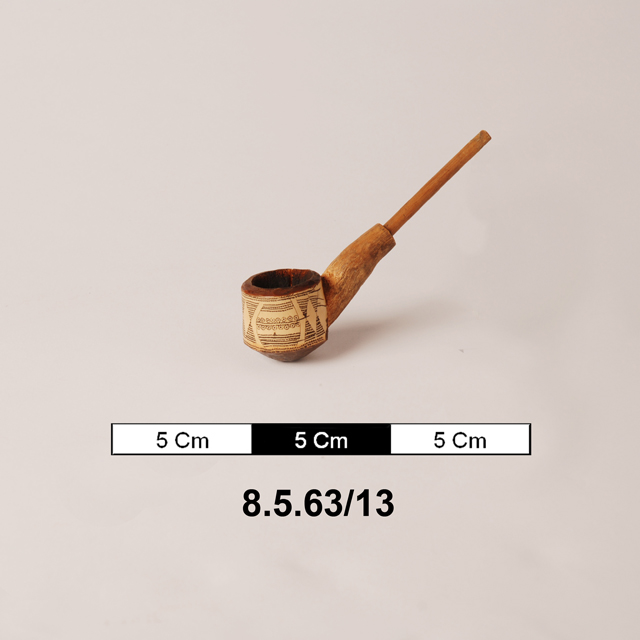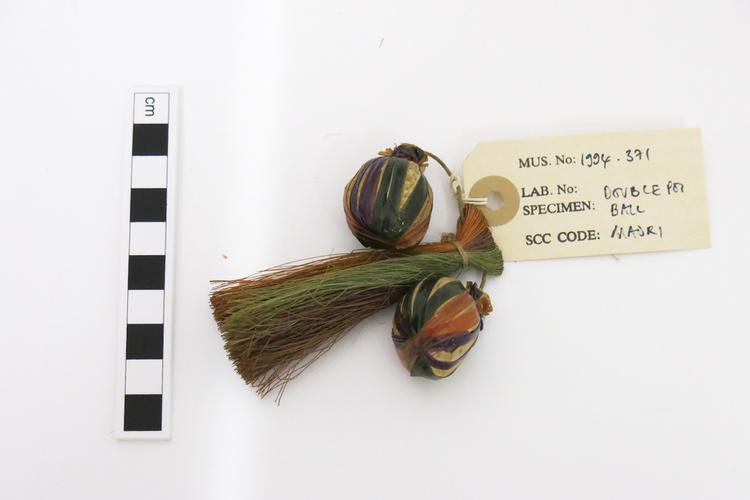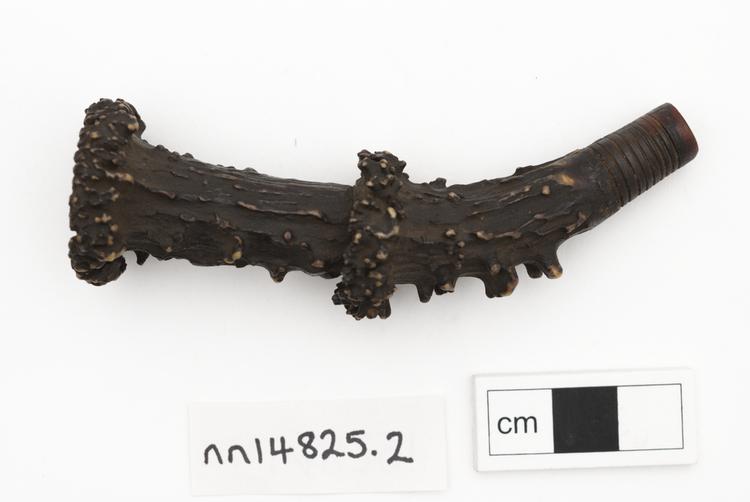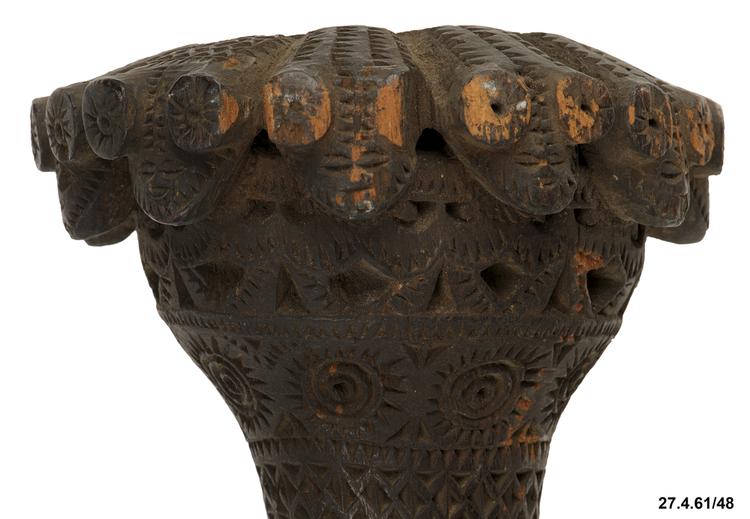
Ornamental hardwood paddle of medium length, with a blade of ovoid form, a round shaft, and a sub-conical pommel expanding into a ring of abstrracted human faces. The entire surface is finely engraved with a boxed diamond design.
Engraved Paddle, Hue, Austral Islands, Central Polynesia The Austral Islands in the southern part of Central Polynesia are rightly famed for their highly refined and intricately engraved woodcarvings, particularly tall, elegant sharkskin drums and finely made fly-whisk handles. However, it is the engraved paddles produced there that dominate Polynesian art collections worldwide. These remarkable objects teach us an important lesson about the arts of the Pacific. Around the turn of the 20th Century, many Westerners mistakenly believed that the indigenous cultures of the Pacific, Africa and the two Americas had been largely the same for centuries, even millennia. Austral Islands paddles show what complete nonsense that idea was. Bearing very little resemblance to practical paddles for rowing, they would break in two almost immediately if anyone tried to use them in that way. The scholar Rhys Richards has shown that almost all Australs paddles (hue) were created between 1820 and 1850, at a time when Western whalers and fur traders were active in the Pacific, their ships calling at the Austral Islands to purchase food and water for the vast Ocean crossing. These paddles, then, were a surprisingly early form of souvenir (or ‘tourist art’) carved for the common sailor to take with him back to Europe and North America. The Western taste for ornamentation was something the Austral Islanders of this period grasped easily, and supplied in abundance. Hardwood. Early 19th Century. Formerly in the Collection of the Royal Museum, Canterbury, and transferred to the Horniman Museum with other ethnographic specimens in 1961.



